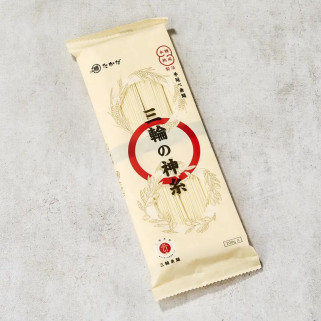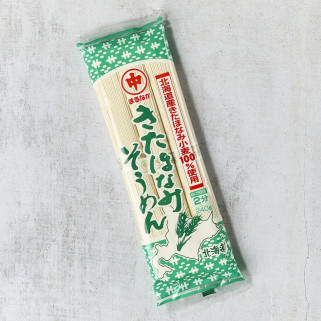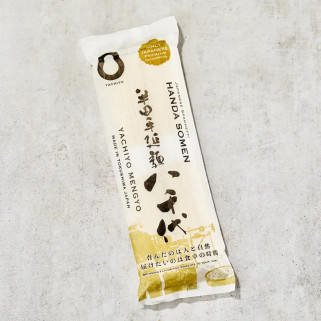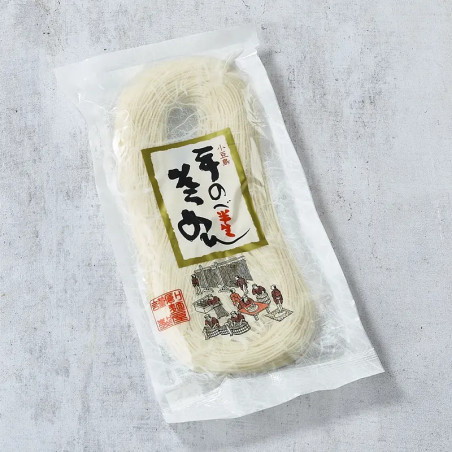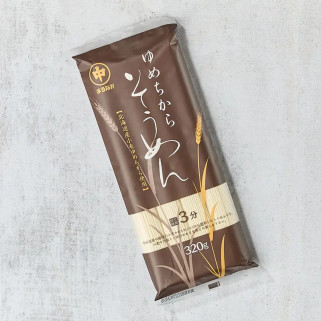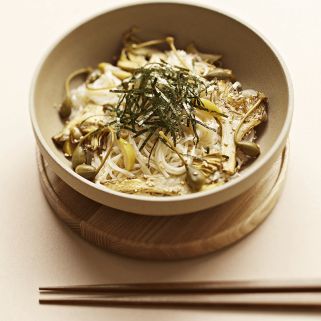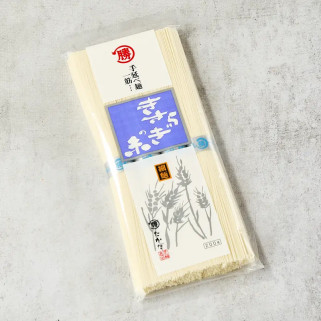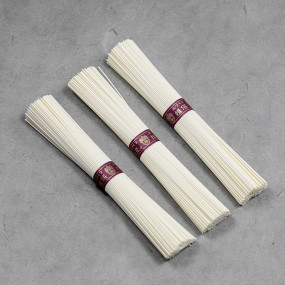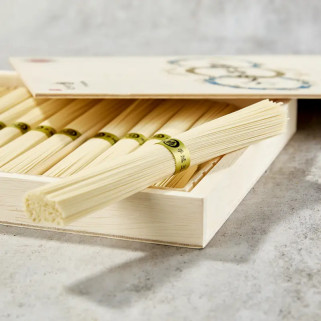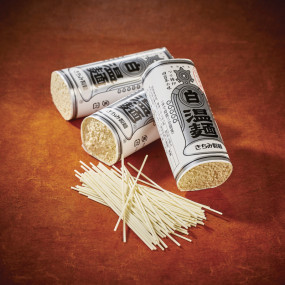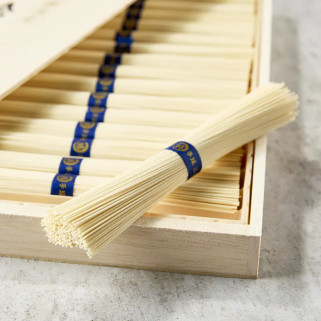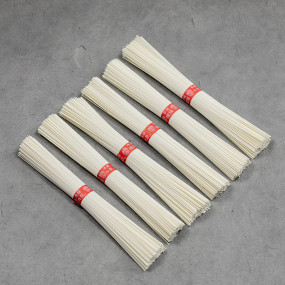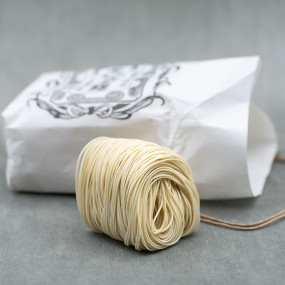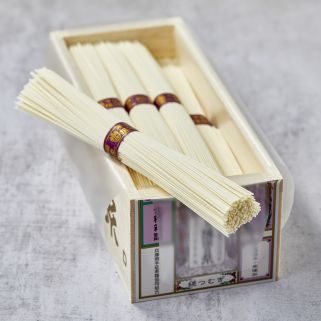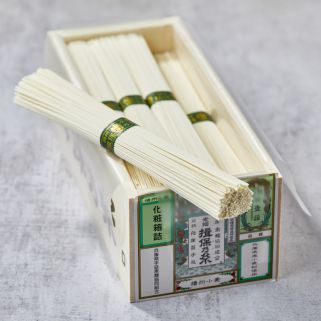Add to my wishlist "Sakura Men Sômen flavored with Sakura cherry leave"
Select a wishlist to add this product
There are not wishlist.
This product has been added to wishlist.
View my Wishlists
This product has been added to your wish list.
Remove
This product was successfully removed from your wish lists.
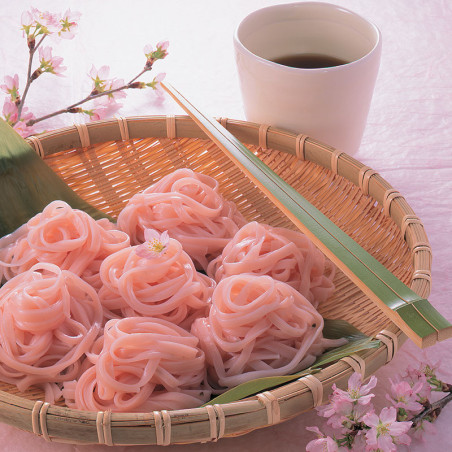

Add to my wishlist "Sakura Men Sômen flavored with Sakura cherry leave"
Select a wishlist to add this product
There are not wishlist.
This product has been added to wishlist.
View my Wishlists
This product has been added to your wish list.
Remove
This product was successfully removed from your wish lists.
€7.95
€44.17 / Kg
(1 review)


Add to my wishlist "Sakura Men Sômen flavored with Sakura cherry leave"
Select a wishlist to add this product
There are not wishlist.
This product has been added to wishlist.
View my Wishlists
This product has been added to your wish list.
Remove
This product was successfully removed from your wish lists.
Our somen noodles with cherry leaves are of a very pleasant pink color, like the beautiful cherry blossoms of Fukushima.
€7.95
€44.17 / Kg
(1 review)


Add to my wishlist "Sakura Men Sômen flavored with Sakura cherry leave"
Select a wishlist to add this product
There are not wishlist.
This product has been added to wishlist.
View my Wishlists
This product has been added to your wish list.
Remove
This product was successfully removed from your wish lists.
Our somen noodles with cherry leaves are of a very pleasant pink color, like the beautiful cherry blossoms of Fukushima.
€7.95
€44.17 / Kg
(1 review)




































